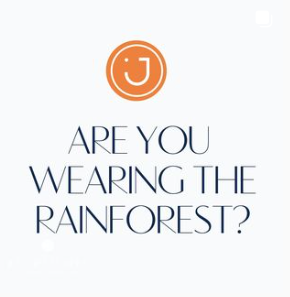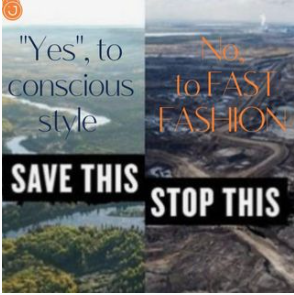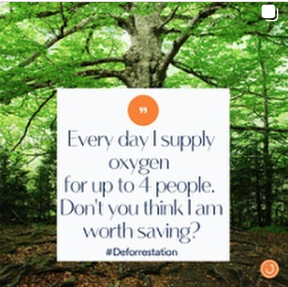Did you know that some of designers and retailers stylish fabric creations are made from trees – let alone the trees of ancient and endangered forests.
????150 million trees disappear into manmade cellulose fabrics such as viscose, rayon, lyocell and modal every year.
‼️That figure has doubled since 2013, and is slated to double again within the next five to eight years.
❇️ Many retailers and designers are working with Canopy Planet to safeguard the world’s forests, species and climate and you can find out more on their website.
It is an environmental not-for-profit organisation that works to protect our world’s ancient and endangered forests, one landscape of hope at a time #HYHP
❇️ Next time you go shopping please watch out for labels like : “We’re committed to ensuring all our forest-based products come from sustainably managed forests. That’s why we work with the non-profit group Canopy to help drive positive change for all our forest products.”
❇️ If you can’t find any of these information on garment labels or you are not sure then don’t buy it.
☝️As consumers, if we participate in any these bad consumption activity, we become part of the problem, because by buying their products, we support the brands’ productions and the ethics they promote. Therefore they have no incentive, need and urgencies to change to a sustainable, responsible and transparent fashion business model.
☝️Plus these fashion companies do not want to give up on profits and margins by clearing up their supply chain and invest in responsible fashion productions and manufacturing process.
???? Find out how to shop yourself into a better world with our new FREE EBOOK CONSCIOUS CONSUMERISM.
????????




